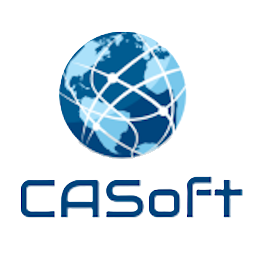In software engineering, the tug-of-war between speed and quality has become a familiar story. Organizations push for faster releases, while teams struggle to maintain high…
With a waterfall approach, one wants to have as close as possible to 100% of the requirements up-front. The challenge in this case is fairly…
Components Based Architecture has been formalised and publicised by UML-RUP more than 10 years ago, and the benefits of this approach are still unknown or…
About Scrum we like the philosophy and the following practices: In a nutshell, SCRUM principles are as follows: For more information, get the book form Ken Schwaber –…
Team Foundation Server (TFS) is a Microsoft offering for source control, data collection, reporting, and project tracking, and is intended for collaborative software development projects.It…
What is Architecture? What Architecture is not: The Technical Architecture (or Model of Architecture) is the nature of the system. For instance, it could be:…
In my experience, Risk Analysis is primarily about communication. If the communication going around the project is not open and efficient, no risk analysis approach…
When describing requirements using UML, any attempt to order use cases or provide sequence information amongst use cases is bad practice, and can only lead…
